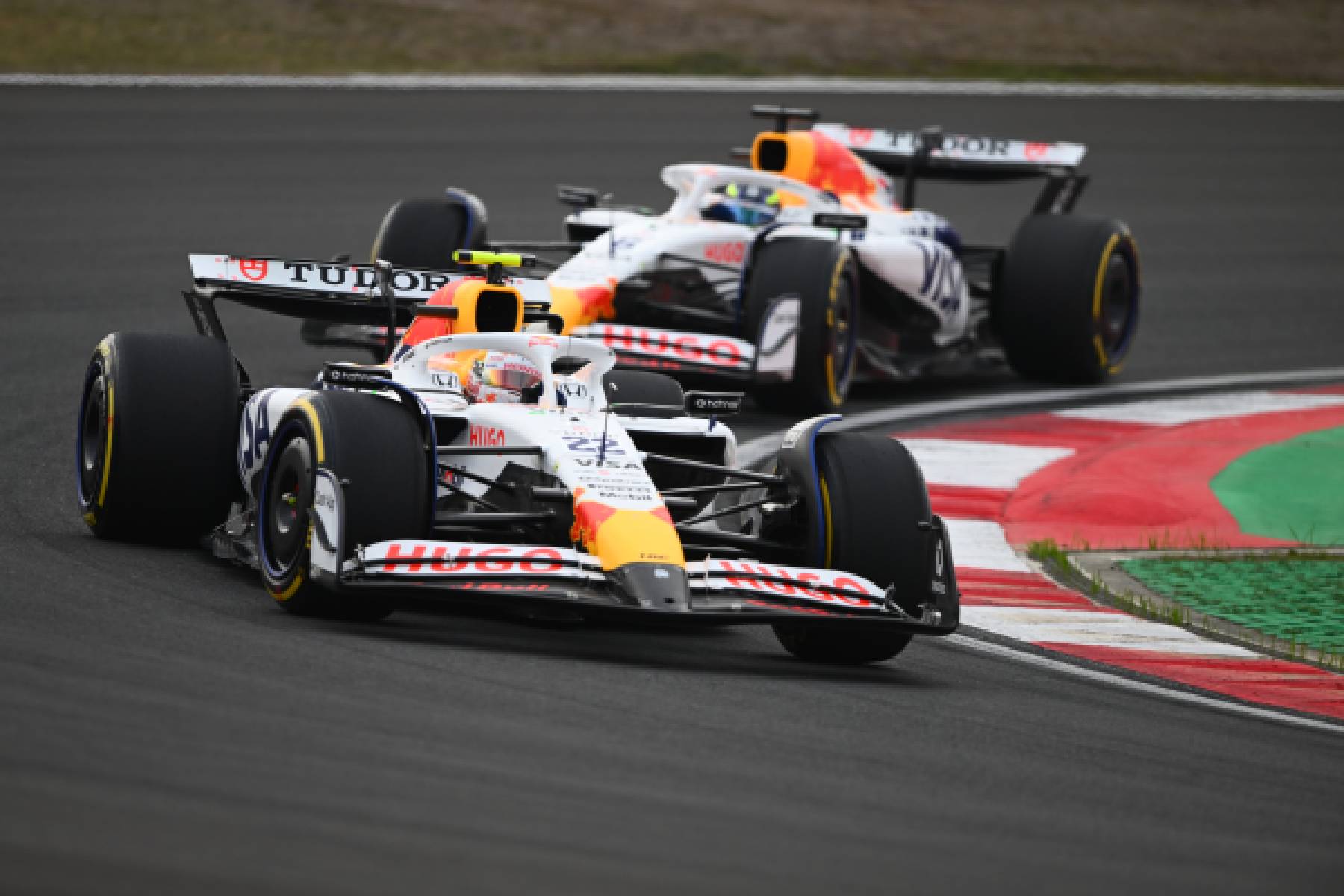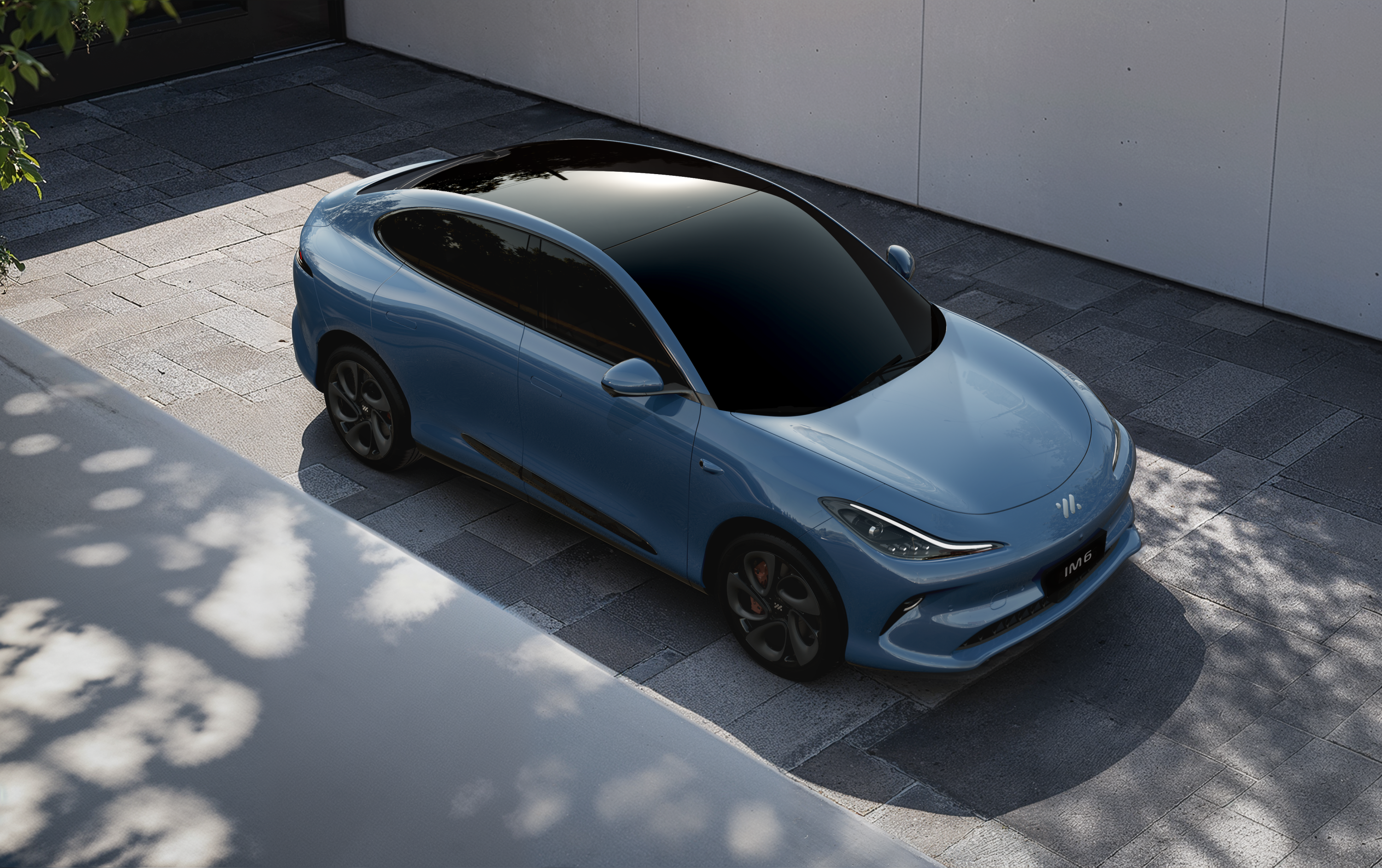
Snapshot
- Polestar and Rivian warn simply buying EVs is not enough
- Automotive industry projected to pass 1.5-degree target by at least 75 per cent by 2050
- EV transition, renewable electricity, and sustainable supply chain needed
Polestar and Rivian have warned that simply switching to electric vehicles in isolation is not enough to curb the climate crisis and meet carbon neutrality goals.
According to the EV-only upstarts, and modelling by consulting firm Kearney using open-source data, the automotive industry is set to overshoot the United Nations Intergovernmental Panel on Climate Change’s (IPCC) 1.5-degree celsius global warming threshold by at least 75 per cent by 2050.
Passenger vehicles today account for 15 per cent of all greenhouse gas emissions globally.

The report recommends automakers must adopt a trio of levers globally and work collaboratively to; completely switch to a battery-electric vehicle (BEV) only fleet, power BEVs exclusively with fossil-free energy, and ensure the supply chain is environmentally sustainable.
“Car companies may be on different paths when it comes to brand, design, and business strategies, and some won’t even admit that the road to the future is electric,” Polestar’s head of sustainability, Fredrika Klarén, said.
“I believe it is, and that the climate crisis is a shared responsibility, and we must look beyond tailpipe emissions.”
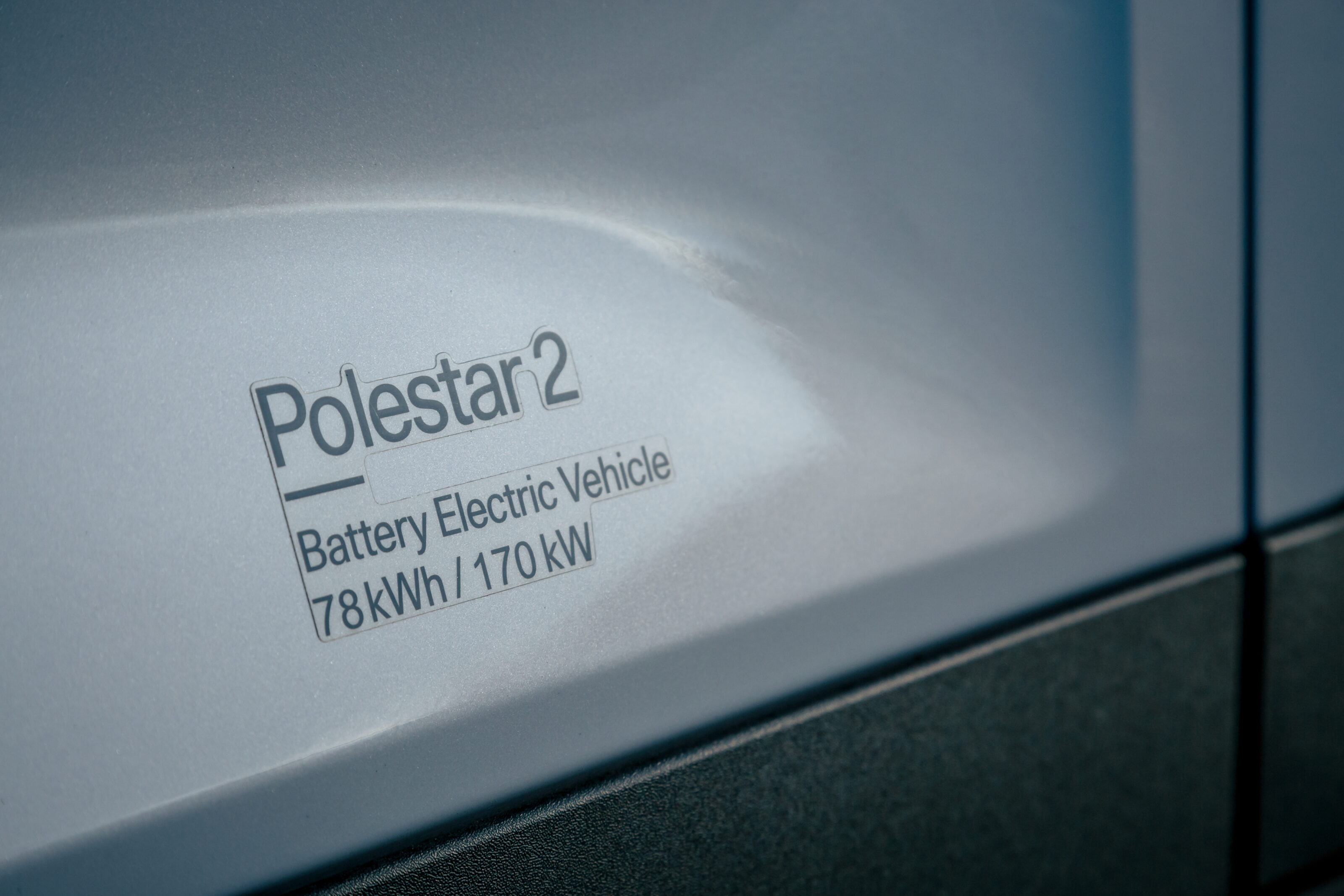
Switch to EVs
According to the report, the market share of BEVs globally must grow from six per cent to nearly 100 per cent by 2032 to stay on the 1.5-degree target for 2050.
The exhaust emissions from conventional petrol and diesel engine passenger cars have the most impact, generating 60 to 65 per cent of the car’s total life cycle emissions – which BEVs eliminate entirely.
By switching completely to BEVs, it’ll reduce the current projected emissions offshoot from the current 75 to 50 per cent.
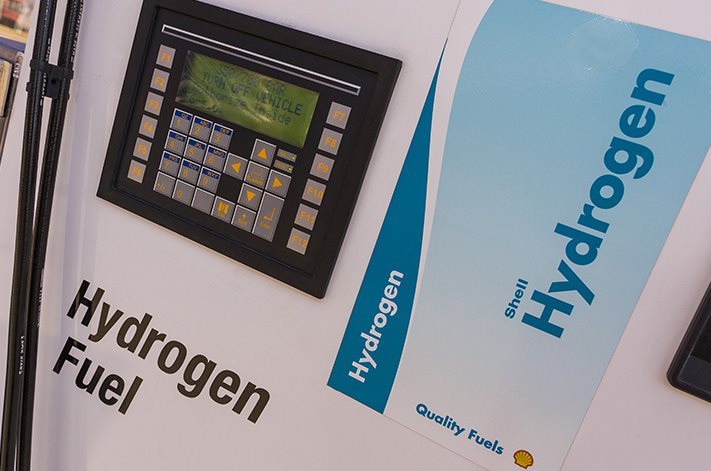
While it acknowledges alternative zero-emission technologies such as hydrogen fuel-cell electric vehicles (FCEVs), the report emphasises that BEVs are the dominant technology that is currently more feasible to deploy at mass scale.
Polestar, Rivian and Kearney also admit there are “significant socioeconomic implications that vary by region, posing challenges especially in regions with high population density and relatively low disposable income.”
Other key barriers to EV adoption remain: charging, ‘range anxiety’ and upfront cost.
| Internal combustion engine car total life cycle emissions makeup | |
|---|---|
| Fuel consumption | 61% |
| Maintenance | 3% |
| Fuel/electricity production | 20% |
| Vehicle manufacturing | 16% |
Renewable energy
Additionally, it urges the electricity grid needs to shift from a global average of 39 per cent to 100 per cent fossil-free energy by 2033.
By switching to BEVs only and achieving complete fossil-free electricity, it would reduce the emission overshoot from 50 per cent to 25 per cent.
An electric car fleet charged with the current global average electricity mix today already reduces lifetime emissions by 35 to 46 per cent compared to combustion-engined vehicles across a 240,000km lifespan (varies by region).
The report also suggests behavioural change is needed from EV owners, too.
This includes ‘smart charging’ when there’s leftover electricity (instead of peak times), plugging-in at fossil-free energy usage locations, and real-time feedback on driving behaviour. Vehicle-to-grid (V2G) bidirectional charging is another opportunity to reduce or even eliminate the reliance on polluting power plants too.

Sustainable supply chain
But the biggest challenge is reducing supply chain emissions, according to Polestar, Rivian and Kearney.
To keep on the 1.5-degree goal, the vehicle manufacturing and supply chain needs to reduce greenhouse gas emissions by 81 per cent by 2032.
It admits BEVs currently have around 35 to 50 per cent higher supply chain emissions than traditional petrol- and diesel-powered cars – primarily due to large high-voltage battery packs – which contain expensive and mining-intensive cobalt, lithium, nickel, and other rare earth materials.
Battery cell and pack manufacturing need to achieve a 100 per cent electrification, and increased electrification of material extraction and processing.
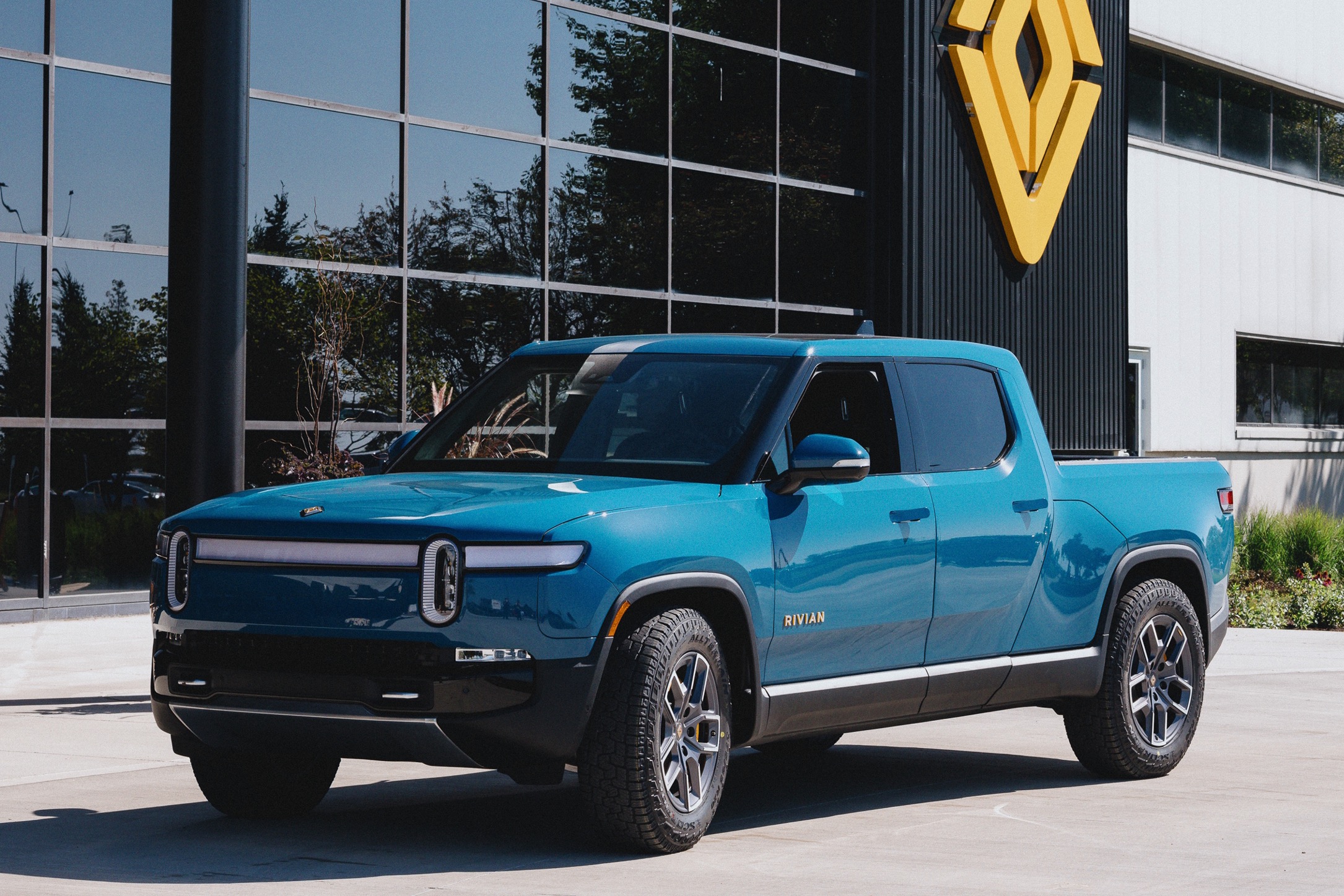
Overall, the largest footprint for both powertrains is steel, iron and aluminium due to the amount and type of energy used in manufacturing, representing 40 to 60 per cent of greenhouse gas emissions in the passenger vehicle supply chain.
Only with all three levers in place – including a complete BEV switch, renewable energy source, and sustainable supply chain production – can we meet the 1.5-degree IPCC target by 2050.
The report recommends reducing emissions in material production or the amount of material used, replacing low-impact battery chemistries, such as lithium-iron-phosphate and sodium-ion tech, or utilising smaller batteries with more robust and faster public charging networks. End-of-life battery recycling and repurposing is also a challenge.
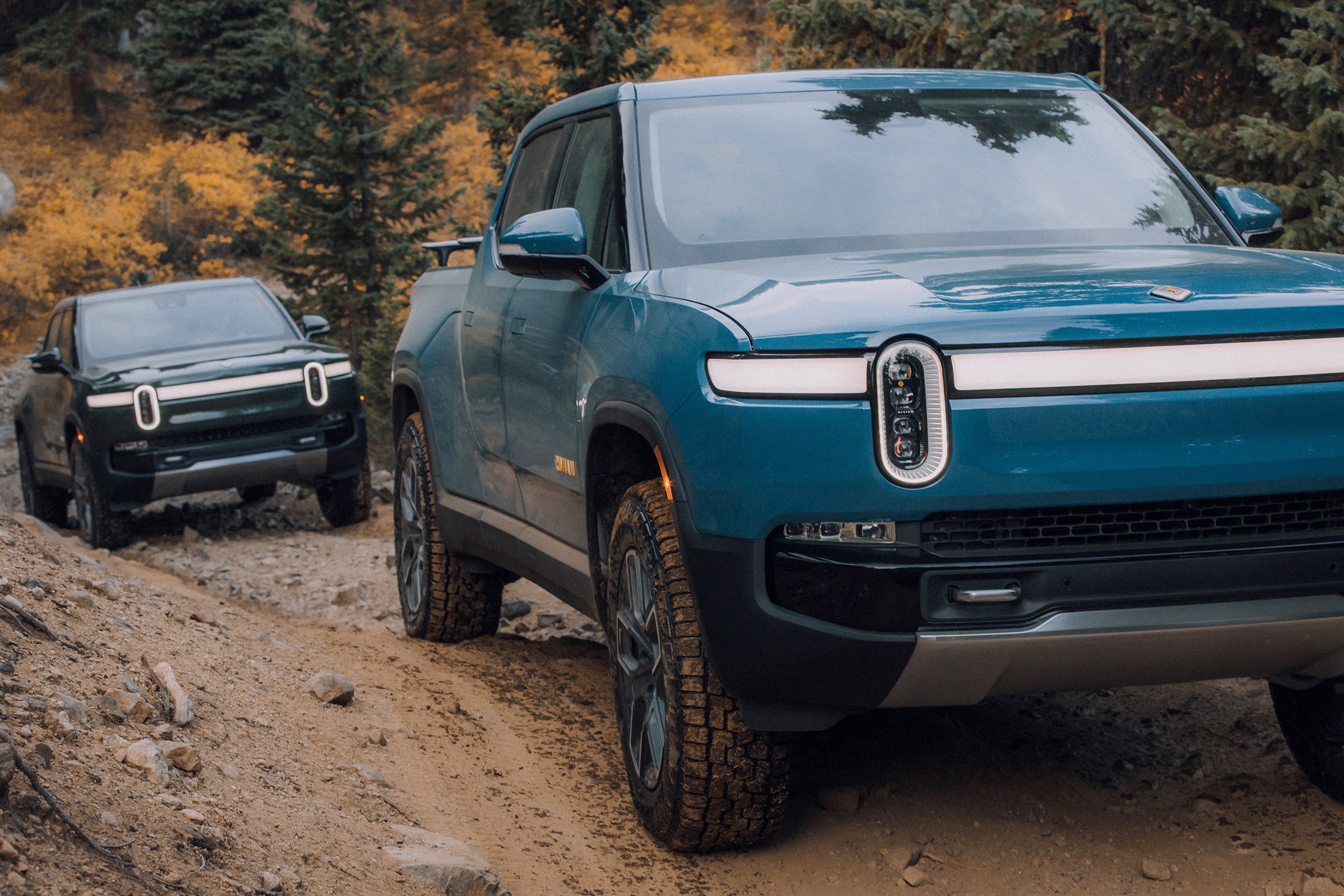
Sino-Swedish automaker Polestar, which commissioned this report with Rivian, was the first car brand to track the cobalt supply chain of its Polestar 2 liftback battery when it launched globally in 2020 using a third-party company.
The forthcoming 2024 Polestar 2 facelift will extend the tracing to mica and leather materials, while the Polestar 3 large SUV will go even further with lithium, nickel, and wool to ensure such materials are sourced and produced responsibly.
Key makeup of BEV vs ICE greenhouse gas emission estimated impact
| BEV (78% supply chain emissions) | ICE (73% supply chain emissions) | |
|---|---|---|
| Battery | 27% | N/A |
| Aluminium | 27% | 30% |
| Steel and iron | 16% | 30% |
| Electronics | 9% | 10% |
| Manufacturing | 8% | 13% |
| Polymers | 7% | 10% |
| Other (fluids, metals, copper, tyres, glass, natural materials, and undefined) | 6% | 7% |
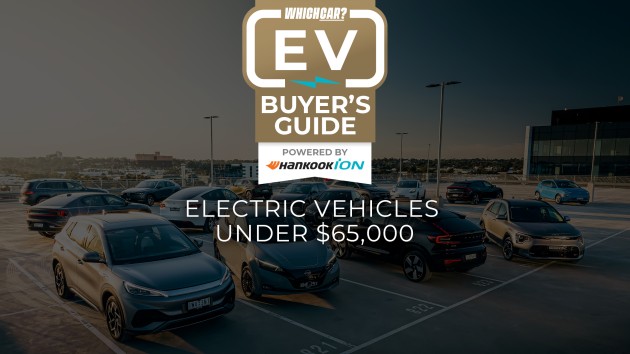
Best Electric Cars Under $65k: Affordable EVs Rated
Welcome to part one of three price-based EV buying guides, this one focused on the most affordable electric cars available in Australia today

Best Electric Cars, $65k-80k: Australia’s premium EVs tested
In part two of our three price-based EV buying guides, we compare Australia’s electric cars priced between $65,000 and $80,000
If you’re prepared to spend more on your electric vehicle, you’ll find a wealth of models that offer a luxurious experience, most of them with quick acceleration and long driving ranges. See our stories below for your options. READ: Best and worst EVs priced $65k-$80kREAD: Best and worst EVs priced $80k-$100k |
We recommend
-
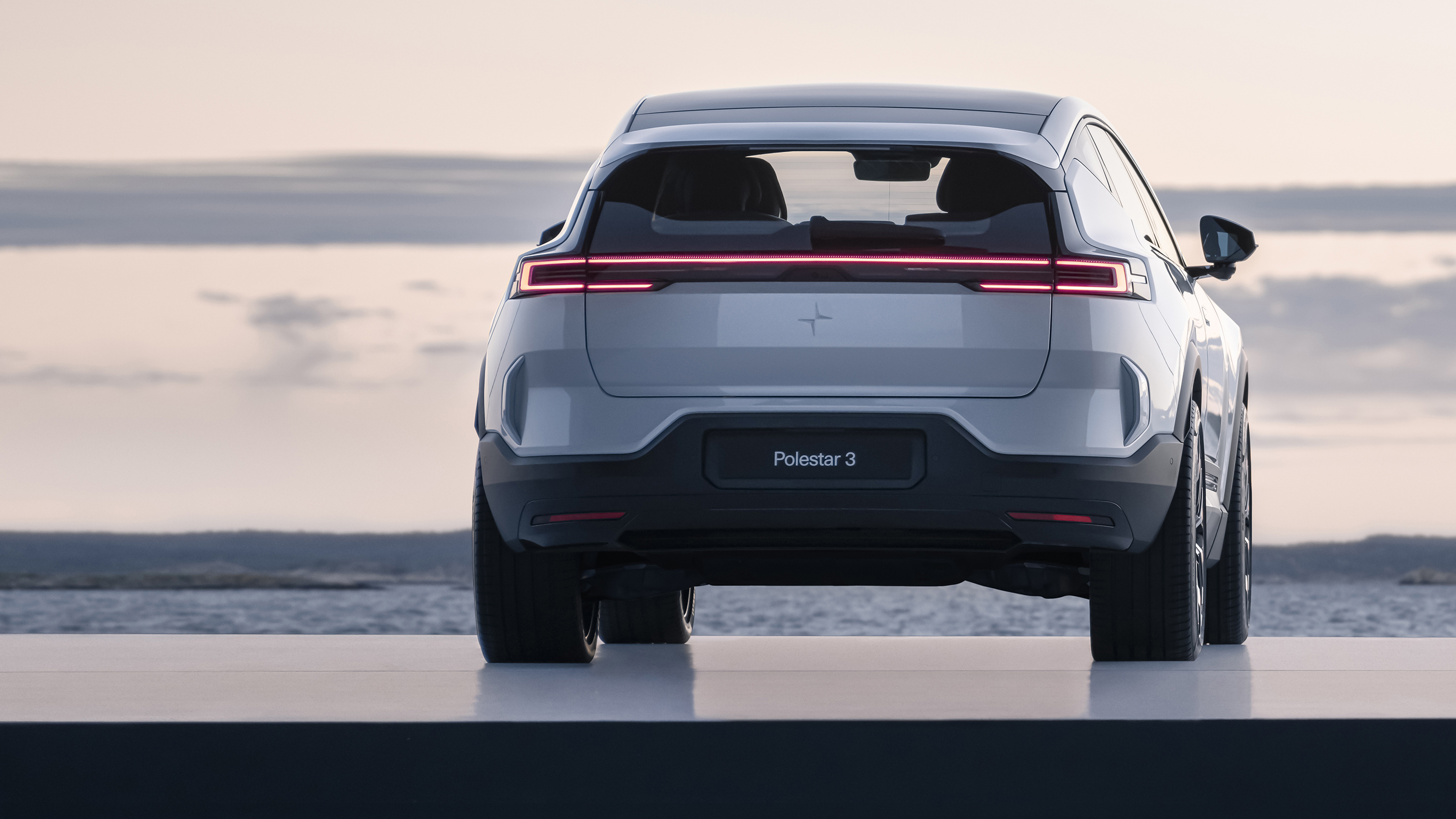 News
News2023 Polestar 3 electric SUV revealed ahead of Australian debut
Polestar reveals new images of its Polestar 3 electric sports SUV that will take on the likes of the Audi E-Tron and Porsche Cayenne.
-
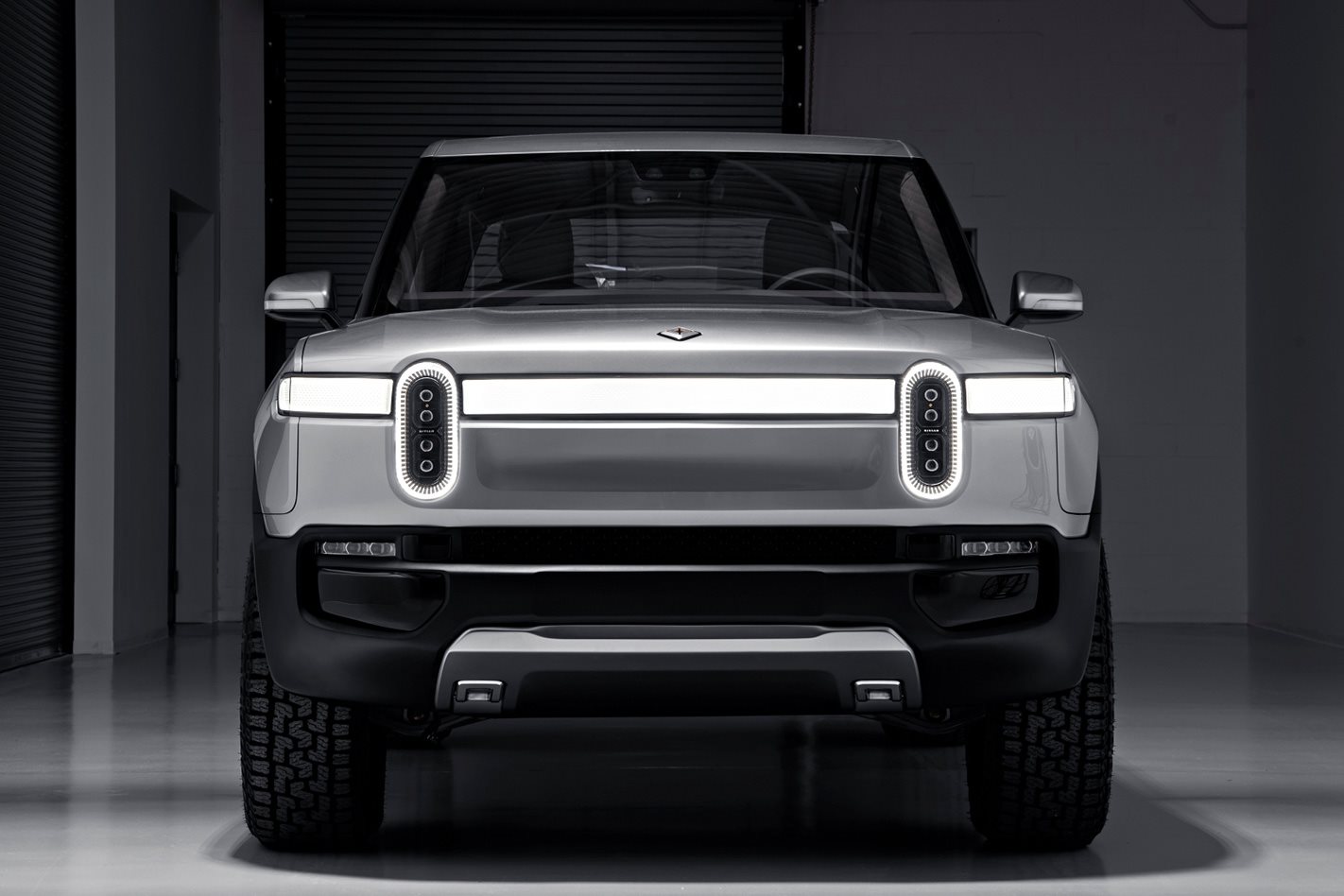 News
NewsRivian overtakes Daimler, GM, Ford to become fifth most valuable carmaker
Despite Rivian only just beginning customer deliveries, it’s now one of the valuable car companies in the world
-
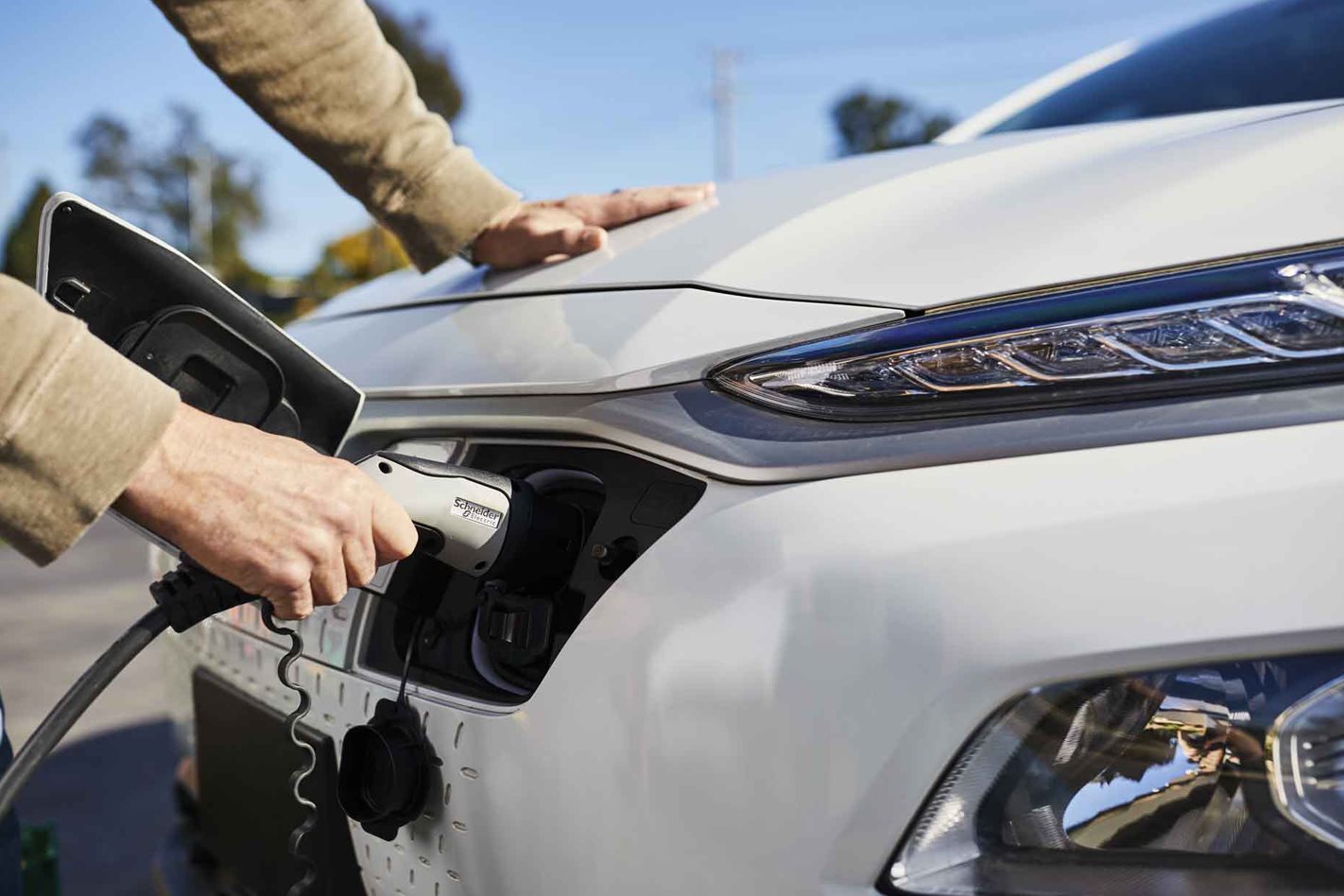 News
NewsGovernment to offer fleets cash to switch to EVs
The Future Fuels Fund has released the second round of cash



